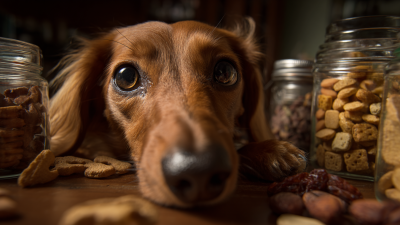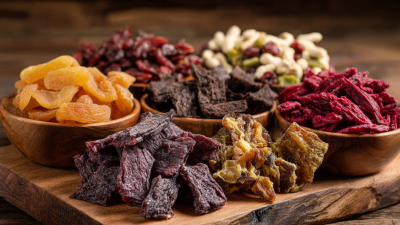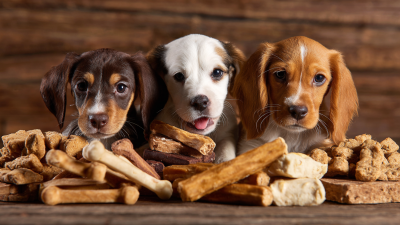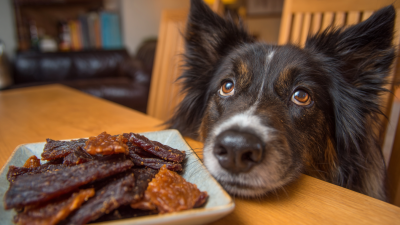Back in 2023, the pet food scene is still pretty lively and influenced by a whole bunch of factors that can impact prices. That’s why companies like Shandong Luscious Pet Food Co., Ltd. really need to stay on top of things and be ready to adapt. If you look at the market forecasts, it’s kinda crazy—expected to hit around USD 105.73 billion by 2025. This growth’s mainly driven by more people getting pets and everyone wanting higher-quality, premium products for their furry friends.
Prices are affected by a few key things—ingredient quality, supply chain logistics, and the rising trend folks are into right now: natural and organic pet foods. Shandong Luscious, being a pretty big player with a wide range of stuff like dog food, cat food, and chicken jerky, is actually in a good spot to handle these changes. Getting a grip on the seven main factors that influence pet food prices is super important if they want to stay competitive and keep growing in this pretty booming market.
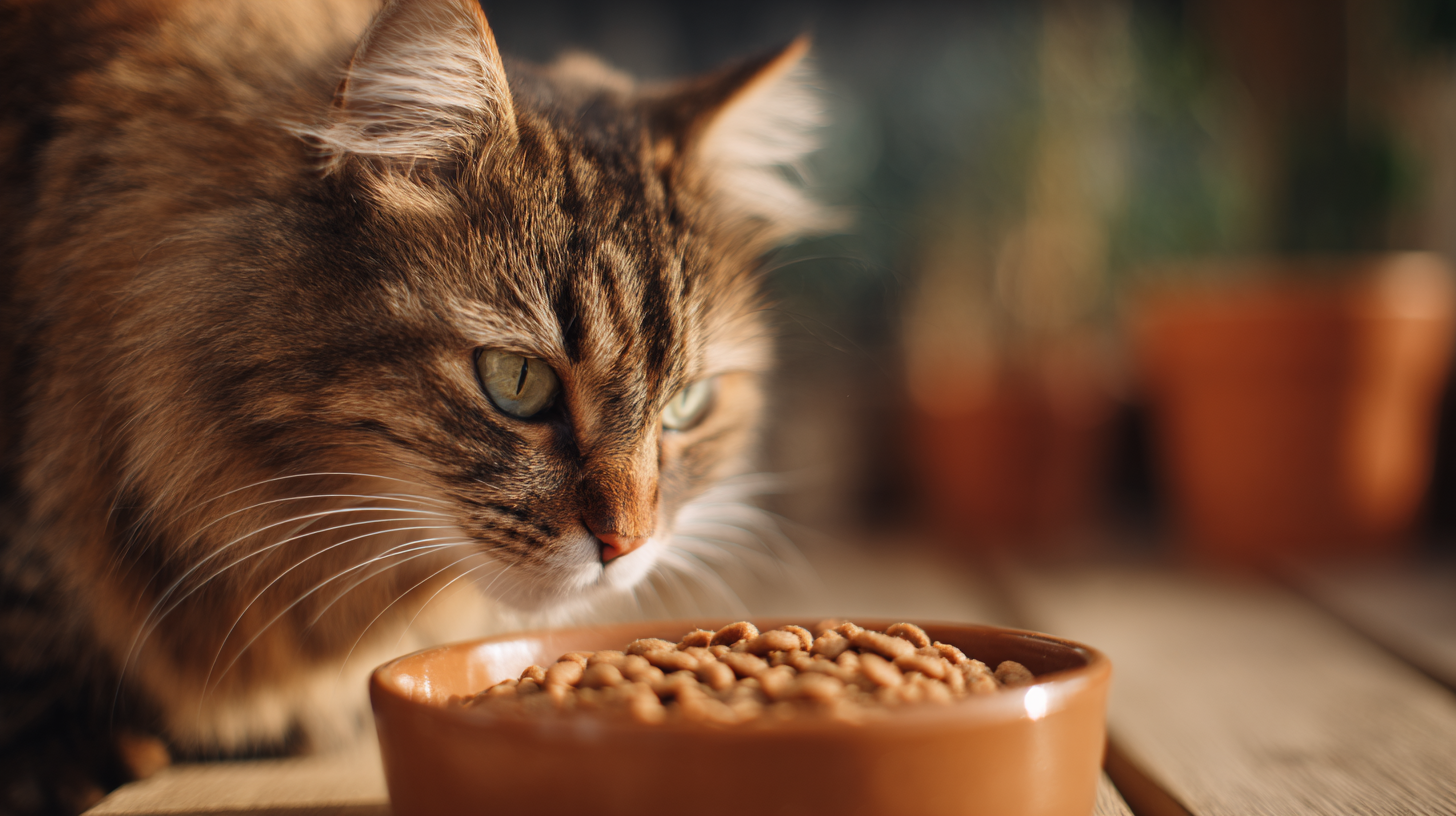
When it comes to pet food prices, really understanding ingredient quality is a big deal. In 2023, more pet owners are recognizing that giving their fur babies high-quality ingredients actually makes a noticeable difference in their health. Because of that, there’s been more focus on foods with plenty of protein and no fillers. Good sources of protein aren’t just about building muscles — they help keep dogs lively and happy, too. Brands that use real meat and wholesome stuff usually charge a bit more, since sourcing top-notch ingredients costs more.
If you’re a pet owner, especially if you’ve got a breed like a Bull Terrier, choosing a dog food packed with essential nutrients and free of empty fillers can really make a difference. Nowadays, there are so many premium brands popping up, all focusing on transparency and quality ingredients. Companies like Shandong Luscious Pet Food Co., Ltd. are leading the way, making food that ticks all the boxes—whether it’s classic kibble or tasty jerky treats—all aimed at keeping your pup healthier and happier.
When you're trying to figure out how much pet food costs in 2023, one thing that really makes a difference is the brand’s reputation. These days, pet owners are way more informed and picky. They tend to go for brands they trust—ones that have proven time and again they’re serious about quality and reliability. Brands that have built a good reputation over the years can usually charge a bit more because folks are willing to pay for products they believe are healthy and safe for their pets. A strong reputation isn’t just about the product itself; it’s also about how the company treats its customers, how transparent they are about where ingredients come from, and if they stick to safety standards. Brands that are open about their sourcing and actually connect with their customers often win loyalty, which lets them keep charging those premium prices. Today’s pet owners are super careful about what they feed their furry friends, so a brand’s reputation really does matter—it’s almost directly linked to the value they see in what they’re buying. So, when you’re shopping around for pet food, keeping an eye on the brand’s reputation can help you make smarter, more confident choices.
| Factor | Description | Influence on Price |
|---|---|---|
| Brand Reputation | Consumer trust and recognition of the brand | High |
| Quality of Ingredients | Use of premium or organic ingredients | High |
| Nutritional Value | Harnesses health benefits for pets | Medium |
| Packaging | Quality and design of packaging | Medium |
| Market Demand | Consumer trends and preferences | High |
| Distribution Costs | Logistics and transportation expenses | Medium |
| Regulatory Compliance | Adherence to pet food safety regulations | Low |
When you think about pet food prices, a lot comes down to how much it costs to make and package the stuff. The whole process involves more than you might realize — from sourcing good-quality ingredients to using the latest technology in production. These costs can jump around depending on things like availability, quality, or even local farming conditions, which obviously affects the final price on the shelf. Brands that go for top-notch ingredients tend to spend more, so their products usually cost a bit more, but it’s often worth it for pet owners who want to give their furry friends the best nutrition possible.
And let’s not forget about packaging — it’s more than just a box or bag to hold the food. Good packaging plays a big role in the cost, especially these days when brands focus on keeping the food fresh and convenient. Some use eco-friendly materials, which can be pricier, and the design or how fancy the packaging looks also adds to the bill. So, companies that invest in eye-catching, easy-to-use packaging usually see higher costs, and those costs get passed along to us, the consumers. As pet parents become more conscious about quality and sustainability, these factors will definitely keep influencing pet food prices throughout 2023 and beyond.
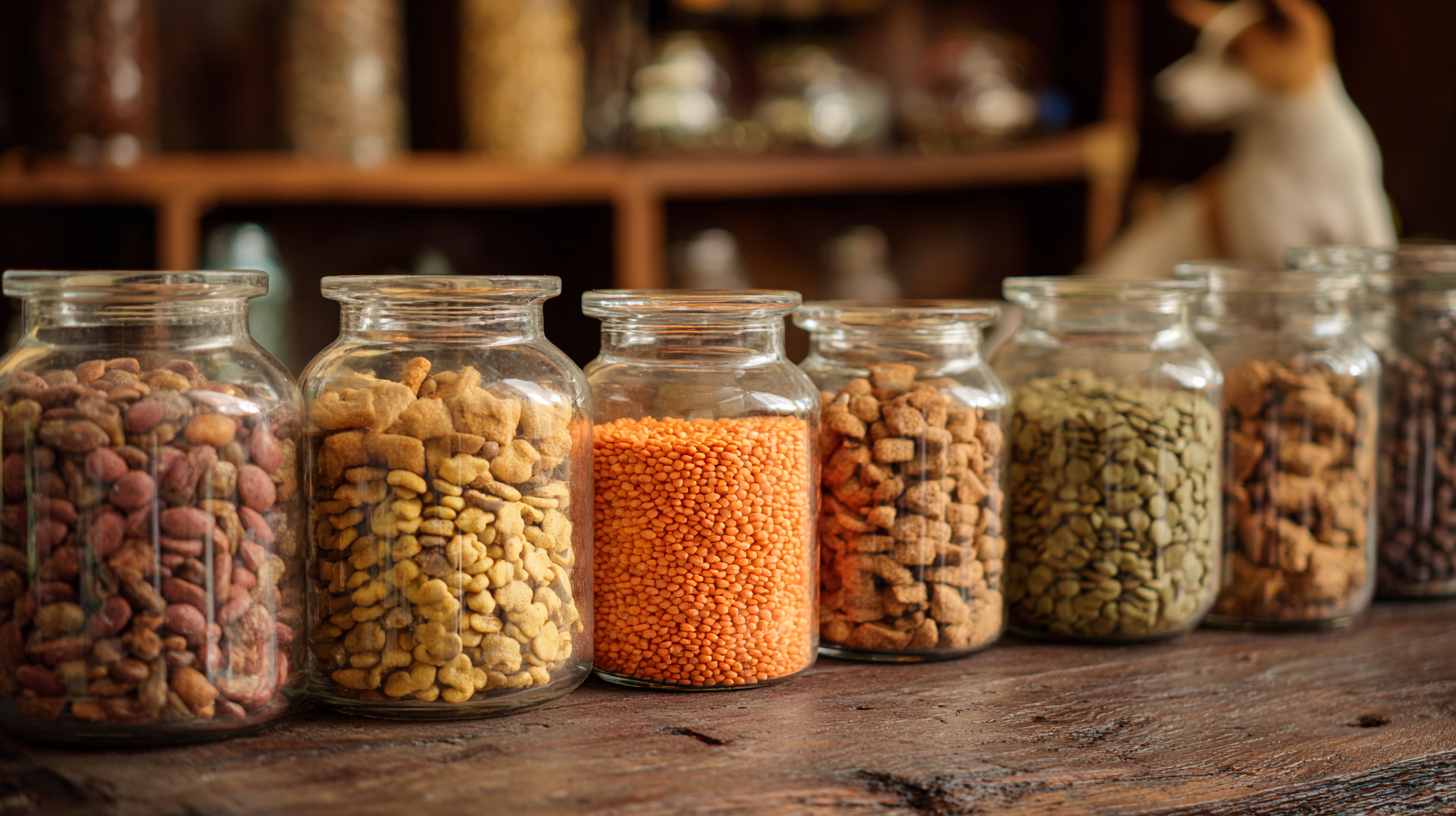
Back in 2023, the way supply and demand play out in the pet food market started to really influence prices. As folks' tastes shifted, we saw a clear move towards premium and specialized pet foods—that’s what everyone wanted more of, which pushed demand higher. People are becoming more particular about quality and nutrition, so companies had to tweak their prices to keep up. On top of that, costs for raw materials, production, and shipping have been all over the place, adding more pressure on how prices are set in this pretty competitive industry.
Looking at the bigger picture in packaging, a lot of segments are really booming, especially with eco-friendly materials like paper and biodegradable options. Companies are feeling the heat to respond to growing environmental worries, so the demand for sustainable packaging solutions has definitely increased. Of course, different types of products need different types of packaging—like boxes, bags, or protective wraps—which can also affect costs depending on the materials used. All these factors make things a bit tricky for the big players trying to stay profitable while juggling consumer expectations and operational challenges. It's a constantly changing landscape, and they've got their work cut out for them through 2025 and beyond.
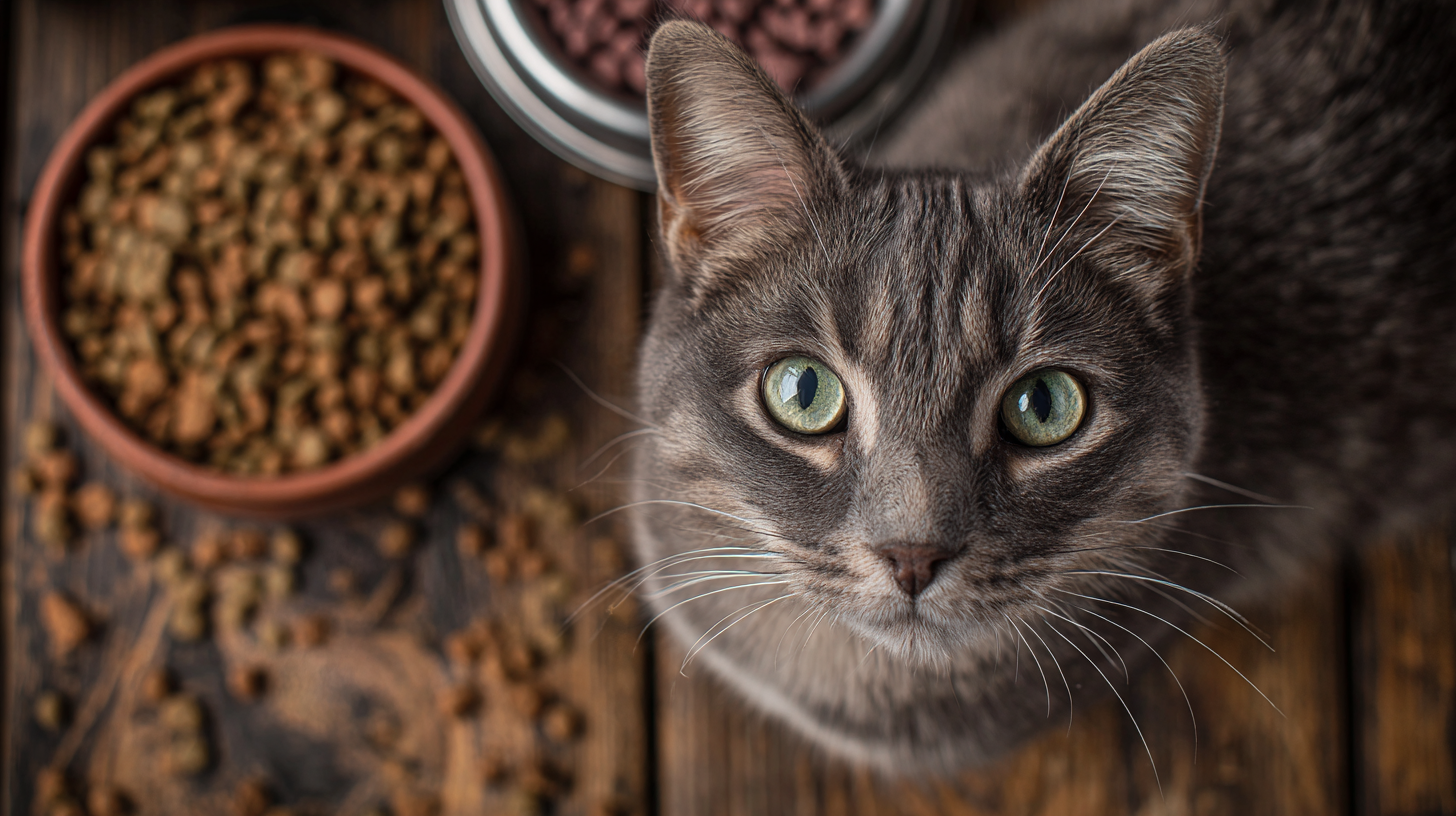
So, 2023 has really shown how much regulatory standards influence the price of pet food. You know, meeting all those national and international rules isn’t just a formality — it actually bumps up manufacturing costs quite a bit. For example, the FDA in the US keeps a close eye on pet food formulas to make sure they’re safe and nutritious, which means companies often have to spend more on quality control and sourcing the right ingredients. In fact, a report from the Pet Food Institute says that following these regulations can add up to about 25% to the final price of pet food. That’s pretty significant! Manufacturers have to put more effort into compliance, and that definitely shows up in the costs.
On top of that, there’s this growing demand for ingredient transparency and ethical sourcing. Pet owners want cleaner labels and honest ingredients, so brands are investing even more in certifications and proper sourcing practices. A survey from the American Pet Products Association found that around 62% of pet owners are willing to pay a bit more for food that guarantees safety and quality. All of this means companies are walking a tightrope — balancing the costs of meeting regulations and customer expectations. Naturally, this all ends up making pet food a bit pricier in such a competitive market.
: The pricing of pet food is influenced by production and packaging costs, which include sourcing high-quality ingredients, production technologies, and packaging materials. Variables such as availability, quality, and regional agricultural conditions also play a role.
Premium pet food brands often incur higher production costs due to the use of high-quality ingredients and advanced manufacturing processes. This is catered to health-conscious pet owners willing to invest more in their pets' nutrition.
Packaging significantly contributes to the overall cost of pet food. Modern packaging solutions prioritize freshness and convenience, often using sustainable materials that can drive up costs. The design and technology used in packaging also factor in.
There is a noticeable shift towards premium and specialized pet food products as consumers become more sensitive to quality and nutritional benefits. This shift is driving demand and affecting pricing strategies in the market.
Fluctuating raw material costs, along with production and transportation expenses, put pressure on pricing structures within the competitive pet food sector. These factors can lead to adjustments in pet food prices.
The demand for sustainable packaging materials, such as biodegradable options, is rising in response to environmental concerns. This trend is impacting the pricing of pet food products.
As pet owners become more aware of the value associated with quality ingredients and sustainable practices, these factors will continue to shape pet food pricing in the market.
Pet food manufacturers must balance consumer demands for quality and sustainability with operational challenges, including fluctuating costs and unique packaging requirements, to maintain profitability in a changing market landscape.
So, in 2023, there's a bunch of factors really shaping how pet food prices are looking these days. One of the big things is the quality of ingredients—better ingredients usually mean a higher price, but that makes sense because they pack more nutritional punch. Then there's the brand's reputation; well-known brands often cost more because people trust them and see them as higher quality.
On top of that, production and packaging costs come into play. These can change depending on where the ingredients are sourced from or how efficient the manufacturing process is. Market trends matter too—things like how many folks are getting pets and what they're looking for can cause prices to go up or down. And let’s not forget, new regs and safety standards are always coming into play, which can bump up costs for companies like Shandong Luscious Pet Food Co., Ltd., and that trickles down to the price you pay. Keeping these factors in mind can really help you make smarter choices when you're picking out pet food."

